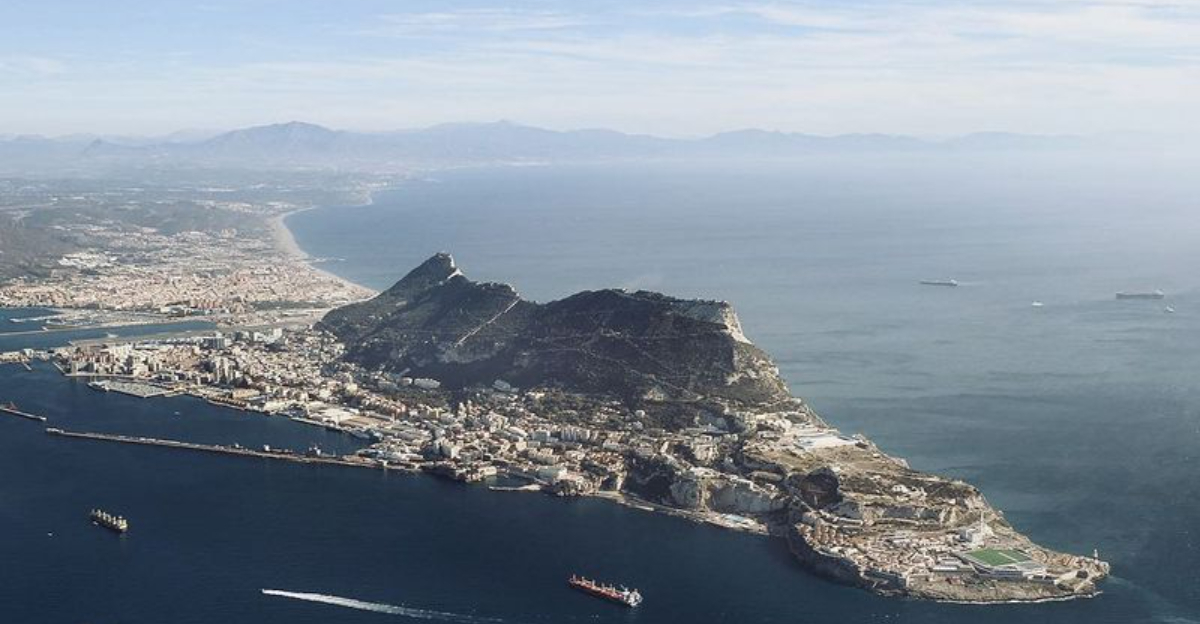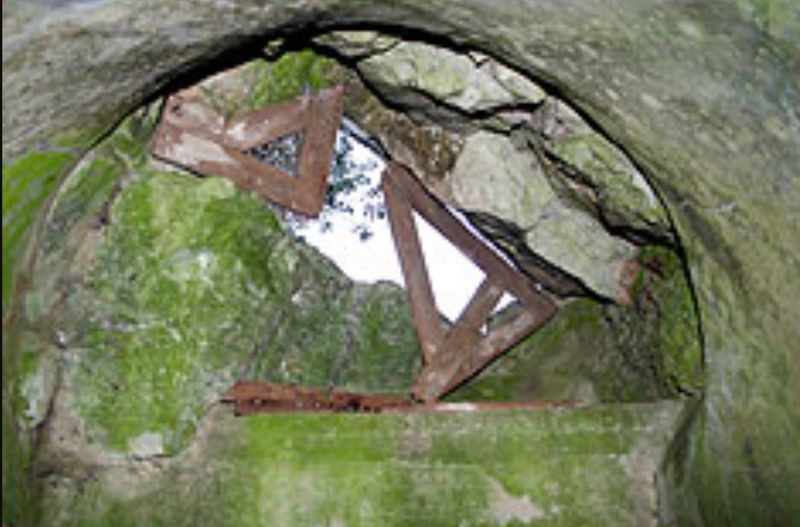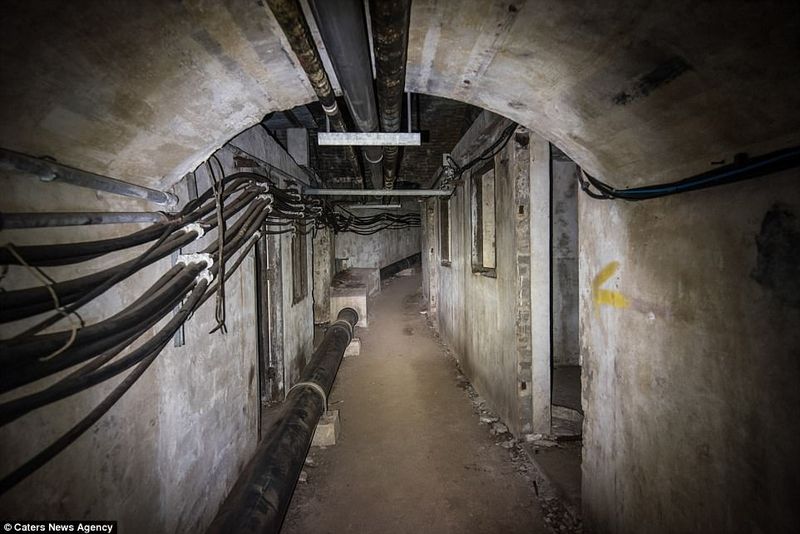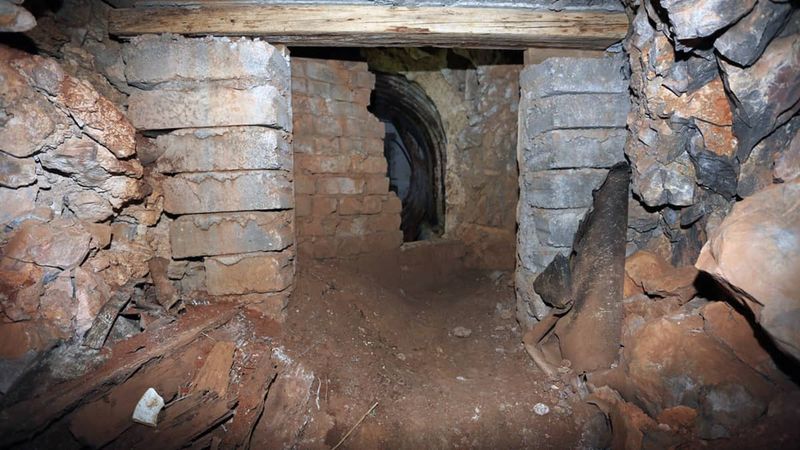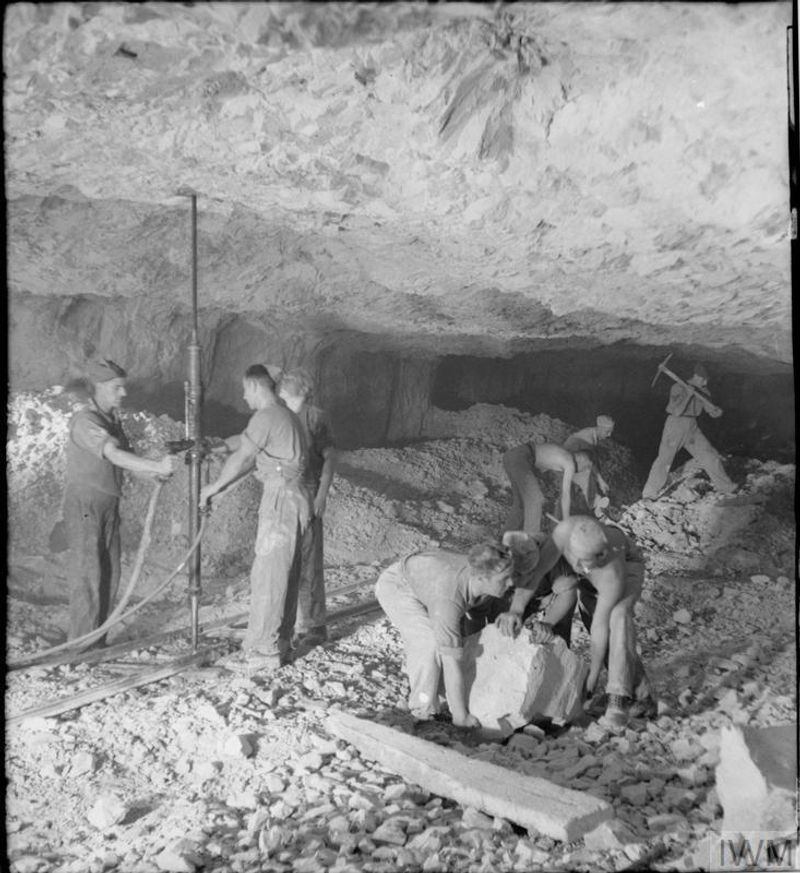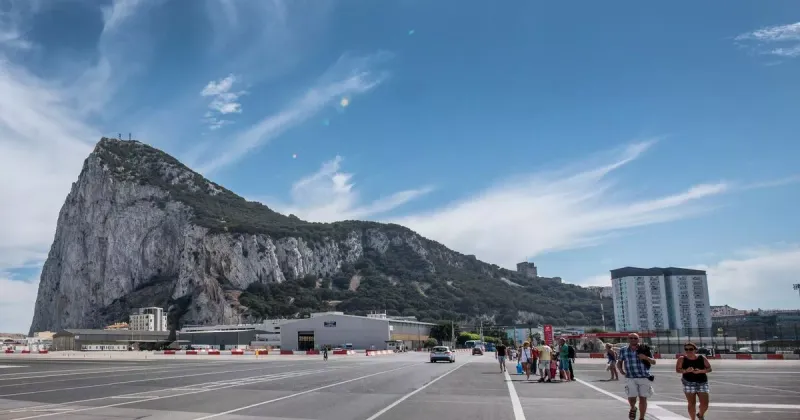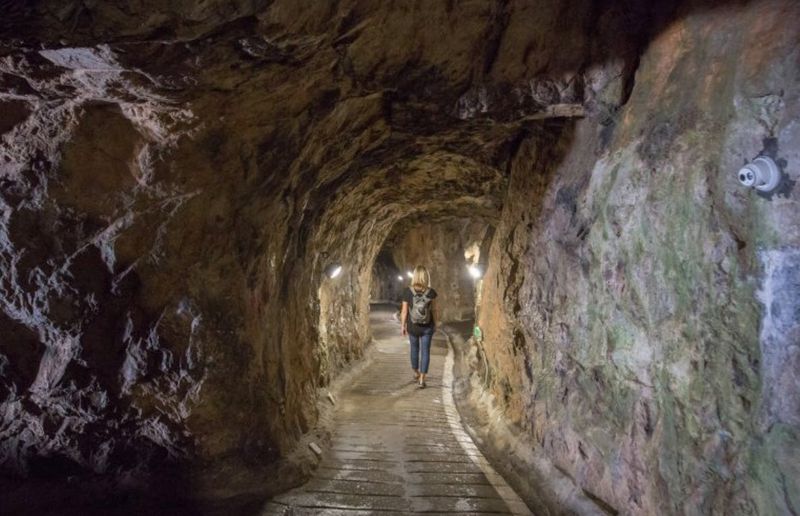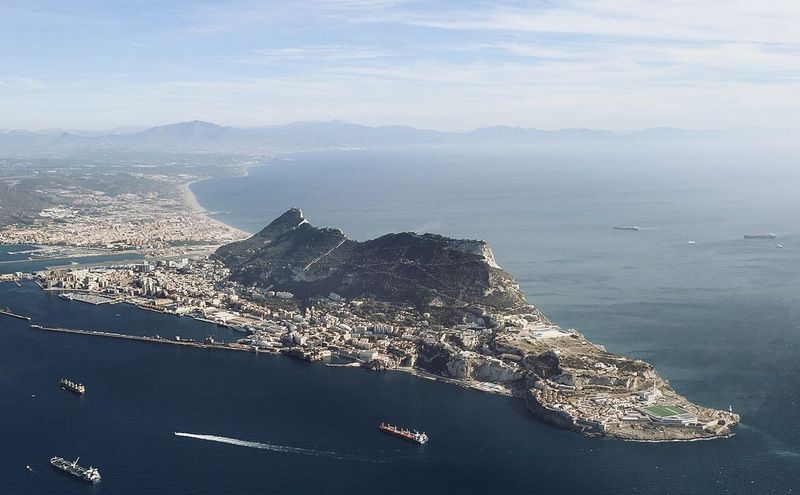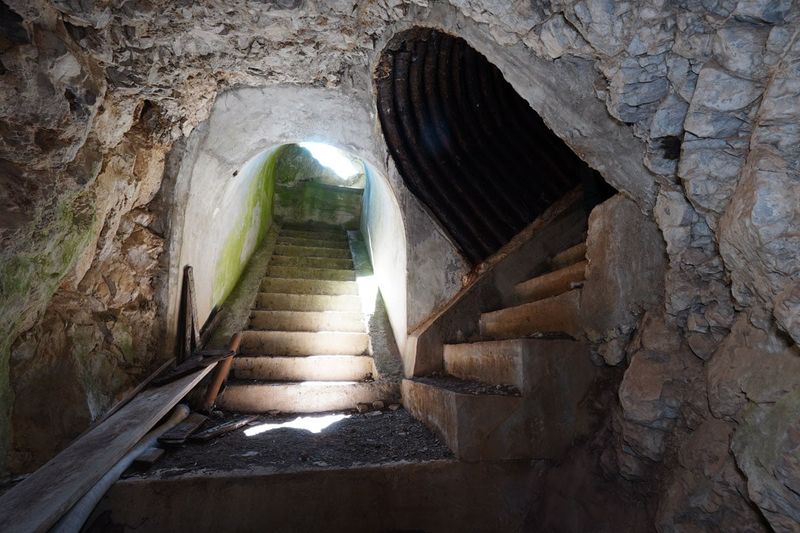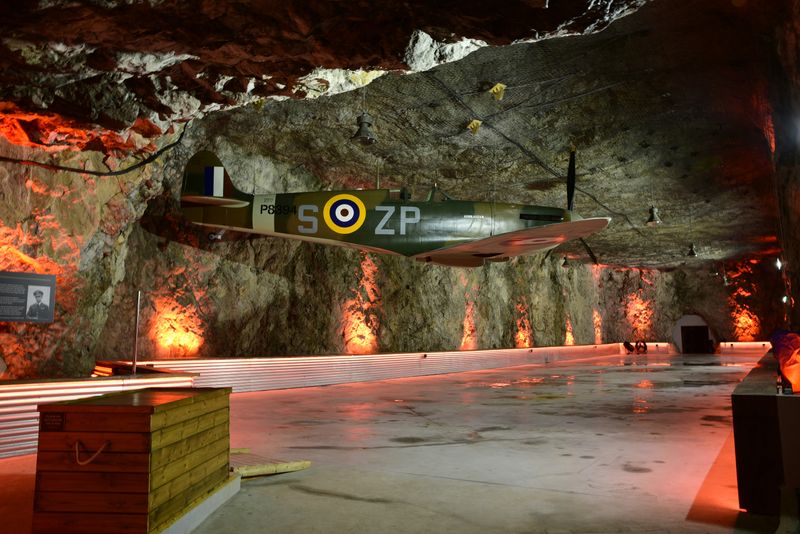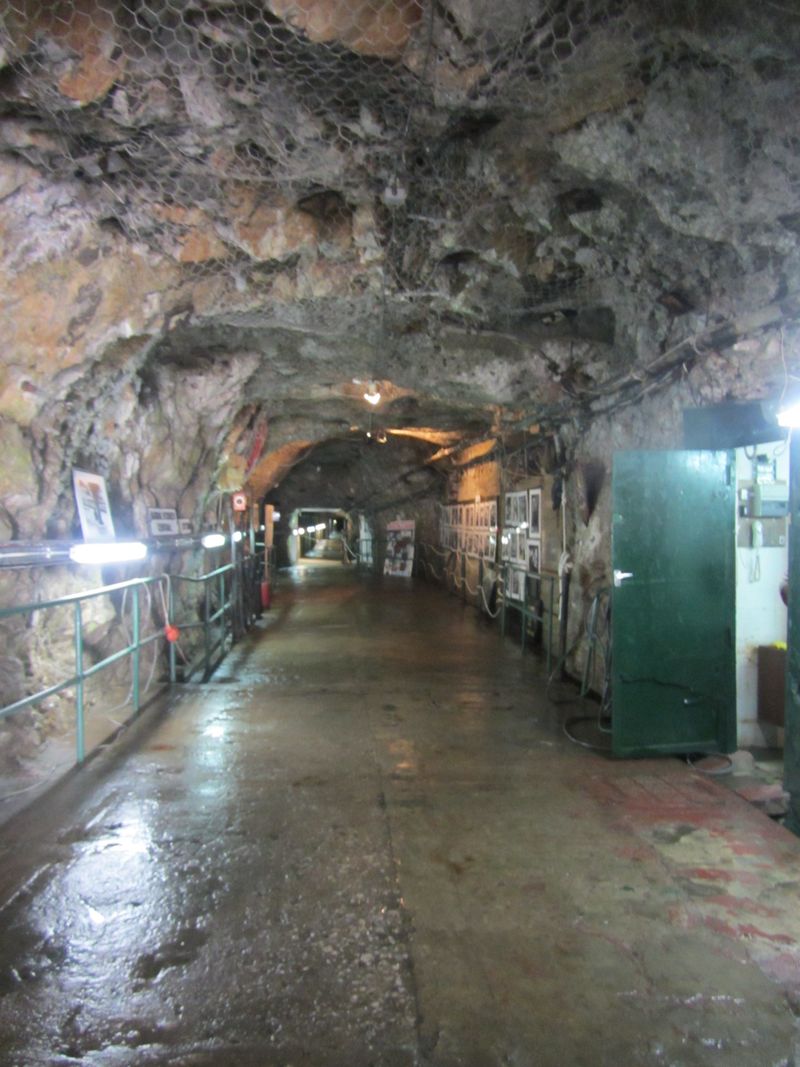Tucked away in the rugged landscape of Gibraltar lies a hidden relic of WWII espionage—Operation Tracer’s clandestine bunker. This secretive British initiative aimed to monitor enemy movements in the event of a Nazi capture.
Dive into the mystery of this self-contained world, designed to sustain life in isolation for years. Discover the human stories behind its walls, the innovative survival strategies it employed, and the eventual rediscovery that brought this forgotten history back to life.
1. Codename: Operation Tracer
Operation Tracer was a top-secret British mission devised during WWII, among the lesser-known yet fascinating tales of war. The plan? To seal six men inside Gibraltar’s Rock to observe Nazi movements, should the territory fall.
Volunteers were hand-picked, sworn to secrecy, and trained for isolation. This mission required extreme dedication and resilience, demanding that the volunteers be prepared for long, isolated months or even years.
While the operation was never activated, its intricate planning and the bravery of its volunteers reflect the depth of wartime espionage strategies. This story remains a testament to human endurance and secrecy.
2. The Bunker Was Completely Self-Contained
Inside the Rock of Gibraltar, a self-contained bunker was prepared to be home for six brave men. This fortress was equipped with a radio room, living quarters, water tanks, and enough food supplies to last up to seven years.
The design ensured that the occupants could survive without any outside contact, a remarkable feat of engineering for its time. With carefully planned resources and infrastructure, every aspect of survival was considered.
This all-in-one setup was meticulously crafted to support life, mirroring a small, isolated ecosystem—one that would remain hidden and secure within the rock.
3. The Men Would Be Sealed In Alive
Volunteering for Operation Tracer meant accepting a grave reality: being sealed inside the Rock of Gibraltar alive. This mission required individuals of exceptional courage and resolve, willing to face the ultimate isolation.
Imagine the immense pressure and commitment, knowing there would be no escape until the mission’s end. The idea was not only physically daunting but mentally challenging, highlighting the extent of sacrifice expected from these volunteers.
Their decision to lock themselves away speaks volumes about the human spirit and dedication to a cause, even one as bleak as being buried alive for espionage.
4. Only Volunteers Were Considered
For Operation Tracer, only volunteers were considered, carefully selected from various military branches. These brave souls were ready to face extreme isolation and the psychological toll it implied.
They underwent rigorous training, preparing for life cut off from the outside world. Sworn to secrecy, these individuals stood as paragons of loyalty and resolve. Their willingness to endure such a mission underlines the extraordinary spirit and dedication required in wartime.
Their readiness to embrace danger and seclusion demonstrates the lengths to which nations and individuals would go to secure victory in such tumultuous times.
5. A Two-Way Mirror Was the Only View
The bunker featured a two-way mirror, ingeniously designed to allow the occupants to observe naval activity without being seen. This observation slit was camouflaged, blending seamlessly with the rock’s exterior.
Through this strategic vantage point, the volunteers could monitor enemy movements undetected. The design emphasized the importance of stealth and security in espionage activities.
This hidden view was their only connection to the outside world, maintaining the secrecy and effectiveness of their mission. This ingenuity highlights the level of detail and thought that went into Operation Tracer’s planning, ensuring the utmost discretion.
6. The Operation Was Never Activated
Operation Tracer, meticulously planned and prepared, was never activated. Gibraltar remained under Allied control, and the bunker never served its intended purpose. Yet, the effort, planning, and resources dedicated to this mission remain a captivating story of wartime strategy.
Despite its dormancy, the operation’s existence is a testament to the lengths nations would go to secure vital positions. The unsealed bunker stands as a silent witness to the plans made in anticipation of darker outcomes, reflecting the inherent uncertainties and unpredictable nature of war.
Its legacy is one of preparation without enactment.
7. The Location Was Lost for Decades
After WWII, the location of Operation Tracer’s bunker faded into obscurity, with its existence becoming nothing more than a whisper of the past. For decades, the exact site remained a mystery, its secrecy so well-maintained that it was nearly forgotten.
This hidden history waited silently within Gibraltar’s rugged landscape until curious explorers stumbled upon its entrance. Rediscovering this site was akin to opening a time capsule, revealing a piece of history preserved in secrecy.
The long-lost bunker serves as a reminder of the hidden stories embedded within historical contexts, waiting to be uncovered.
8. Rediscovered in 1997
In 1997, explorers rediscovered this hidden chamber, still intact as if time had paused. Within the depths of Gibraltar’s Rock, they stumbled upon a relic of the past, untouched since its construction.
This discovery was monumental, revealing a perfectly preserved slice of wartime history. The intact state of the bunker provided a unique glimpse into the era’s espionage and survival strategies.
Finding the bunker ignited renewed interest in this secretive operation, connecting the present with a past thought lost. Its rediscovery highlights the enduring intrigue and historical significance of Operation Tracer.
9. Authentic Items Still Inside
Upon rediscovery, the bunker was found with authentic items still in place, untouched since the 1940s. Beds, cisterns, and radio equipment lay covered in dust, a ghostly reminder of the plans once in motion.
These artifacts offered a tangible connection to the past, providing insights into wartime life and preparedness. The presence of these items, preserved by time, evokes a sense of nostalgia and curiosity about the lives that might have been lived there.
Each piece tells a story of readiness and the human aspect of war, resonating with history enthusiasts and visitors alike.
10. Now Open for Tours
Today, the Operation Tracer bunker is open for public tours, offering a rare glimpse into one of WWII’s most clandestine plans. Visitors walk through history, guided by the stories of bravery and secrecy woven into the rock.
This site has become a poignant reminder of wartime sacrifices and the ingenuity of human spirit. Touring the bunker allows for a deeper understanding of the complexities of war and the extraordinary measures taken to protect vital positions.
This unique experience connects people with history, fostering appreciation for those who lived through such challenging times.
